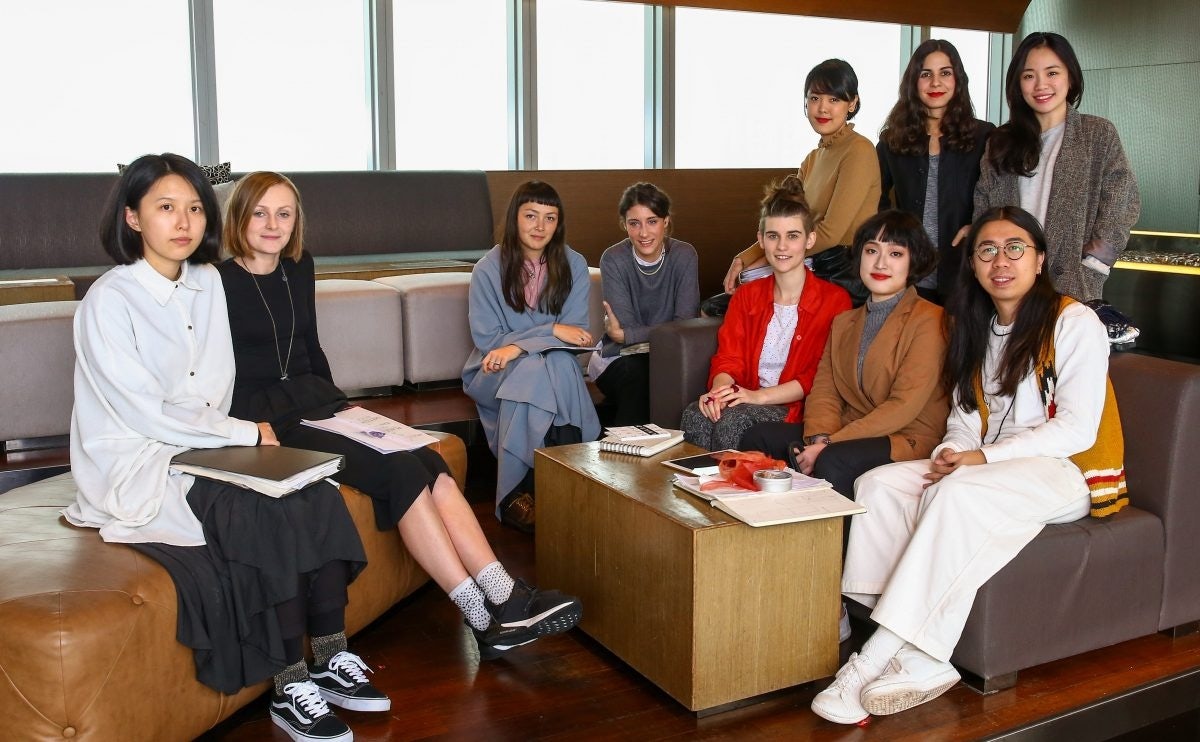The luxury industry has long had its eyes on China when it comes to initiatives for eco-friendly practices, with conglomerates like Kering making major moves for bringing sustainability into its China relationships. But even on a more local level, eco-friendly efforts have been gaining momentum in the country. Across China, a growing number of high-end designers are working to promote sustainability throughout the fashion cycle, from the drawing board, to encouraging conscious purchasing decisions by the smart modern shopper. At the forefront of these efforts is the world’s largest sustainable fashion competition, the EcoChic Design Award, now underway.
This year’s program has had an overwhelming response, receiving applications from designers in 46 countries across Asia, Europe, and the United States. From China, they have a wide pool of applicants with all levels of experience, from cities such as Beijing, Shanghai, Wuhan, Nanjing, Guangzhou, and Hangzhou. Redress’s Education Director Kay Liu said, “We are very impressed by their designs, and overall this region has shown huge improvements in both skill and understanding of sustainability over the seven-year competition history which we are incredibly encouraged by.”
Organized by Hong Kong based NGO Redress, the organization encourages emerging designers and students to create fashion pieces with minimal textile waste each competition cycle. The EcoChic Design Award has expanded this year to include applications from the United States and is preparing to announce its first 24 semi-finalists chosen by two panels later this month. The regional judging panels include world-renowned designers like Vega Wang, Stefan Siegel, and Sabyasachi Mukherjee.
Redress created the competition partly in response to an increase in the number of universities seeking help in arranging sustainable fashion-focused lectures and classes to broaden students' access to industry resources and knowledge. Liu said the NGO has seen a lot of positive change, clearly evident in the increased demand for sustainable fashion education. “That’s one reason why we took our EcoChic Design Award learning platform and talk series to the next stage and developed educator packs for lecturers to deliver by themselves to feed this growing demand,” she said.
Along the way, Redress has partnered with a number of initiatives in China to promote its cause, including GreenCode at Shanghai Fashion Week, a program complete with workshops, talks, a fashion show, and a pop-up shop drawing attention to sustainability, eco-friendliness, and related issues in the fashion industry. Liu also recently spoke at the H&M Circular Fashion Salon in Beijing, co-hosted by Redress, exploring what a sustainable fashion future could look like.
While there continues to be room to grow in terms of awareness on the consumer side, major players in the industry continue to work to push discussions and applications of sustainability and social responsibility in all its forms China. In December, for example, China non-profit Green Initiatives launched RE:FORM, a program that aims to collaborate with retailers and consumers to help put an end to textile waste, while the Eco Design Fair in Shanghai in late May signals the positive direction of eco-friendly fashion in the Chinese market.
Meanwhile, EcoChic's finalists from China have continued to grow their reach as well by partnering with local high-end brands that have built up years of rapport with shoppers in mainland China. Hong Kong luxury fashion house Shanghai Tang, for example, worked with EcoChic Design Award winners Kevin Germanier and Patrycja Guzik from the 2014-2015 and 2015-2016 cycles to create a limited collection from leftover luxury fabrics to be sold in stores. EcoChic Design Award finalist Tiffany Pattinson, who runs her environmentally conscious brand Tiffany Pattinson from Shanghai, is also one of several homegrown brands looking to prove fashion can be stylish and sustainable.
Last cycle’s Chinese finalists, including Tsang Fan Yu and Esther Lui from Hong Kong as well as Pan Wen from mainland China, are still actively pushing forward sustainability in their work. Tsang Fan Yu is preparing his fashion label TSANGFANYU, which recently launched a small capsule collection exploring sustainable fashion design techniques. Esther Lui recently moved to Australia to work for an Australian wedding brand. She is also starting a collection of gowns in which she is using textile waste as the fabric. And Central Saint Martins grad and former Alexander McQueen intern Pan Wen is currently planning design collaborations with local artists.
While the rise in awareness among consumers in China on the fashion industry’s impact on health and pollution still has room for growth, the Redress team is encouraged by the enthusiasm from industry players thus far. Last year, they put together an overview of some of the successes and challenges in Asia thus far in a documentary called Frontline Fashion, which they continue to screen in China and around the world to raise awareness ahead of the competition finals and runway show, which will kick off in September.
